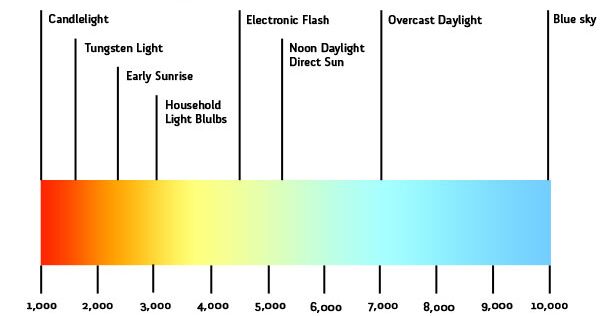Luminous Flux: The energy that the light source radiates to the surrounding space in a unit time and can make the human eye feel light is called luminous flux. The unit is lumens (Lm).
Luminous Flux = Luminous Efficacy (Lm/W) × Power (W)
Illumination VS Brightness
Illuminance is used to describe the degree of illumination on the illuminated surface (working surface), usually expressed in terms of the luminous flux received per unit area, in lux (Lx) or lumens per square meter (Lm/m2).
The cloudy weather in late autumn is 3000-4000Lx, and the ground illumination on a clear moonlit night is about 0.2 Lx.
Central Illuminance: Under normal vertical lights, the strongest illuminance.
Average Illuminance: lamps, light source power, pole height, road width, lamp spacing

Luminous Efficiency:
Luminous Efficacy = Total Luminous Flux/Total Power Consumption
Lighting Effect of Light Source VS Whole Lighting Effect
Light Efficiency: Purely the Total Luminous Flux of the Light Source.
Example: Sodium Light Source, LED Light Effect
The Whole Lighting Effect: Need to consider the efficiency of the lamps (including the efficiency of the optical parts), the efficiency of the electronic parts, and the heat overlap loss.
Whole Light Effect = Light Source Light Effect x Lamp Efficiency x Electronics Efficiency x Heat Overlap Loss
The luminous efficiency of a light source is usually referred to as luminous efficiency, which is an optical quantity describing the quality and economy of the light source. It reflects the amount of luminous flux radiated by the light source while consuming a unit of energy. The unit is lumens per watt (Lm/W) = Lm/ W.
Color Temperature of the Light Source:
A standard black body is heated, and as the temperature increases, the color of the black body begins to change gradually along dark red-light red-orange-yellow-white-blue, when the color of the light emitted by a light source is the same as the color of the standard black body at a certain temperature. At the same time, we call the absolute temperature of the black body at that time as the color temperature of the light source, which is represented by the absolute temperature K.
The following is a reference diagram of color temperature.

The concept of color rendering:
The degree to which the light source presents the color of the object itself is called color rendering, that is, the degree of color fidelity. The sun is 100, and the value is 0 to 100. The light source with high color rendering has better color performance, and the color we see is close to the natural color. The light source with low color rendering has poor color reproduction, and the color deviation we see is also larger. Exponential (Ra) representation.

Requirements for color rendering in various places:
Art Galleries, High-end Specialty Stores >90
Home\Restaurant 80-90
School\Office 60-80
Factory\Workshop 40-60
Road 20
In general, people hope that the higher the color rendering of the light source, the better, but the light effect and color rendering are often contradictory.
Choose light sources with different light effects and color rendering according to different occasions and forms of activities.
Road Lighting – pay attention to road brightness
Shopping Mall Lighting – focus on commodity color

